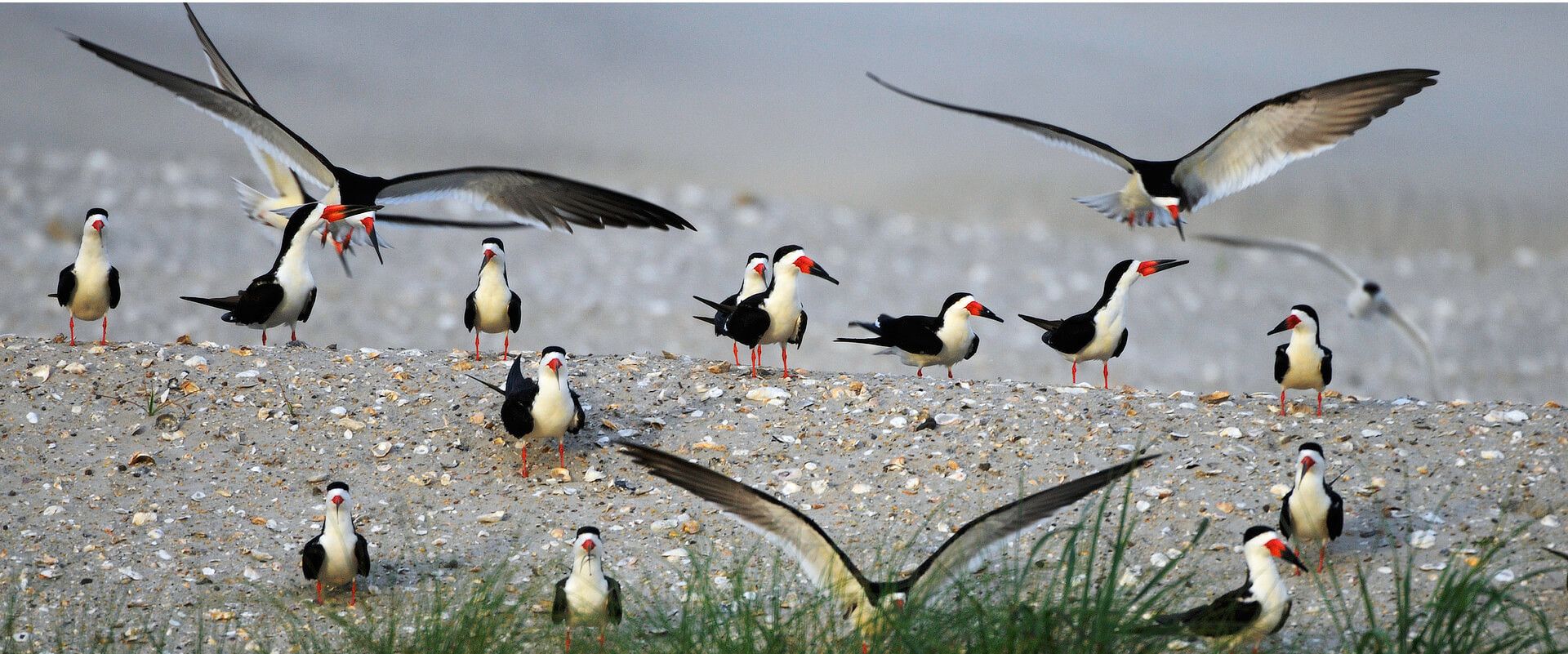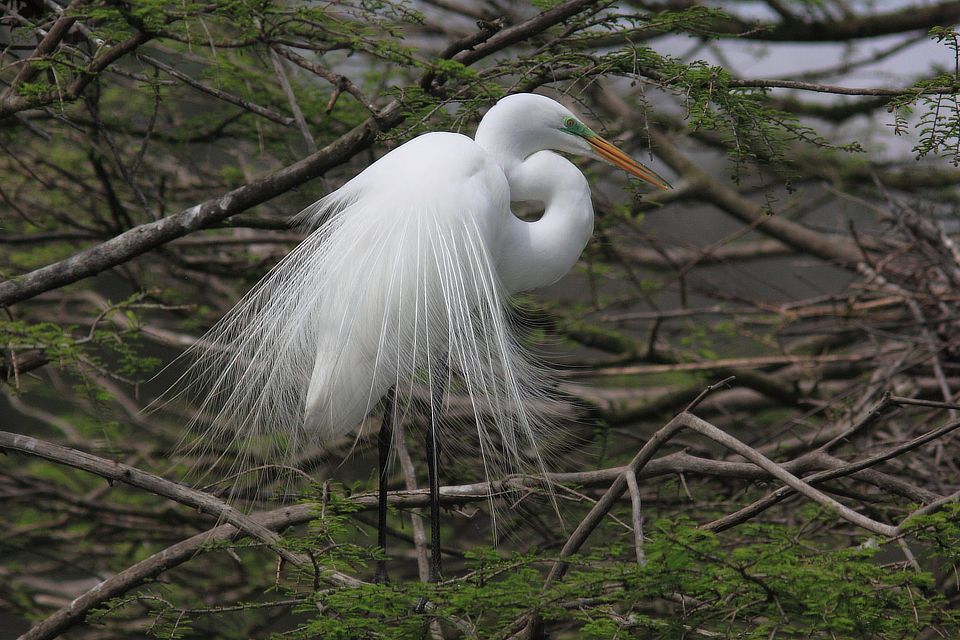Southeast Conservation Blueprint Explorer

Improving Access to Conservation Blueprints in the Southeast U.S.
The Southeast Conservation Adaptation Strategy (SECAS) within the U.S. Fish and Wildlife Service (USFWS) has been developing and refining landscape-level conservation blueprints in the Southeast for several years. The Southeast Conservation Blueprint now covers the full Southeast plus Puerto Rico and the U.S. Virgin Islands using a unified approach to integrating landscape-level indicators and habitat connectivity. The Blueprint integrates the current condition of terrestrial, freshwater, marine, and cross-ecosystem indicators to prioritize the most important areas for natural and cultural resources.

We have been working closely with the USFWS since 2019 to create online applications that improve the ability for users to explore, understand, and apply the Southeast Conservation Blueprint and related landscape-level data. The Southeast Conservation Blueprint Explorer is a feature-rich interactive mapping and data analysis tool that enables users to explore data summarized at the subwatershed level as well as at the individual pixel level.
The Explorer includes a novel approach that enables users to filter the Blueprint and related data layers by the values of the Blueprint or related data layers. For example, this can be used to identify areas that are of higher conservation value for forest birds, within large intact habitat cores, and not likely to urbanize in the near future. Or any other combination of values for any of the Blueprint’s underlying indicators as well as a variety of landscape-level metrics such as sea-level rise, projected urbanization, and wildfire risk.
The Explorer allows users to create data-rich custom reports for their area of interest. Users upload a boundary of their area and get back a detailed PDF that includes a map for the Blueprint, landscape hubs and corridors, every indicator that is available in that area, and other available landscape-level datasets. This report functionality in particular has saved USFWS staff large amounts of time that would otherwise be spent compiling similar information on request, enabling these staff to focus more on providing value-added interpretation and user support to enable users to more effectively leverage the Blueprint.
Technologies used:
- Javascript, GatsbyJS, React, MapboxGL, DeckGL
- Python, Pandas, GeoPandas, Shapely, Rasterio, Numpy
- custom-developed raster tiling engine in Rust